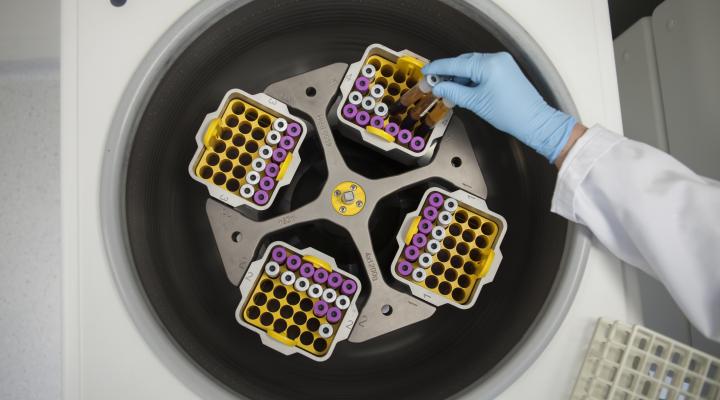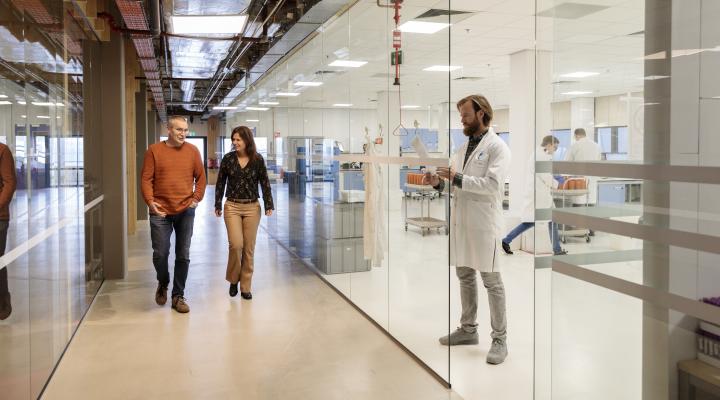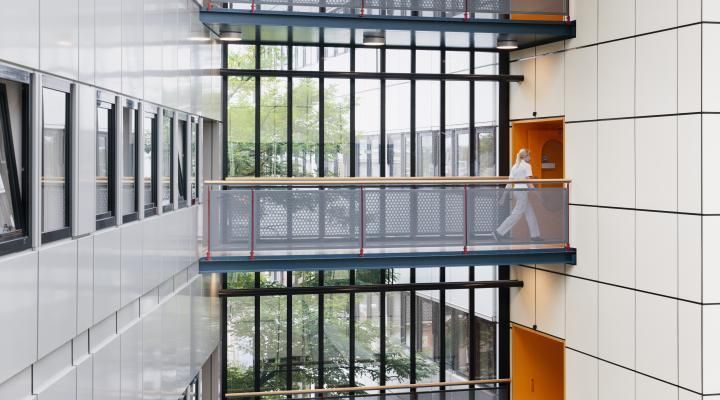
Available data from our collection
The available Lifelines data has different sources: data is available from questionnaires, measurements, and lab analyses. These data are safely stored in our data warehouse and Lifelines Data Management strives to act according to the FAIR principles of data management. With the available data, Lifelines is of great value to researchers and policy makers from all over the world.
Available data: 3 categories
Questionnaire data
Lifelines questionnaires cover a broad range of topics, e.g. general information like education and work, health questions on a broad range of diseases, questions regarding lifestyle and environment like nutrition, smoking and physical activity, and psychosocial questions, covering topics like well-being, personality and stress.
Questionnaires differ per age category: for children up to 13 years old, questionnaires are filled in by their parents, while children aged 13 up to and including 17 years old, answer questions themselves and have a parent fill in the questionnaires. All adults, 18 years and older, receive identical questionnaires. Some additional questions are added to questionnaires for participants aged 65 or higher.

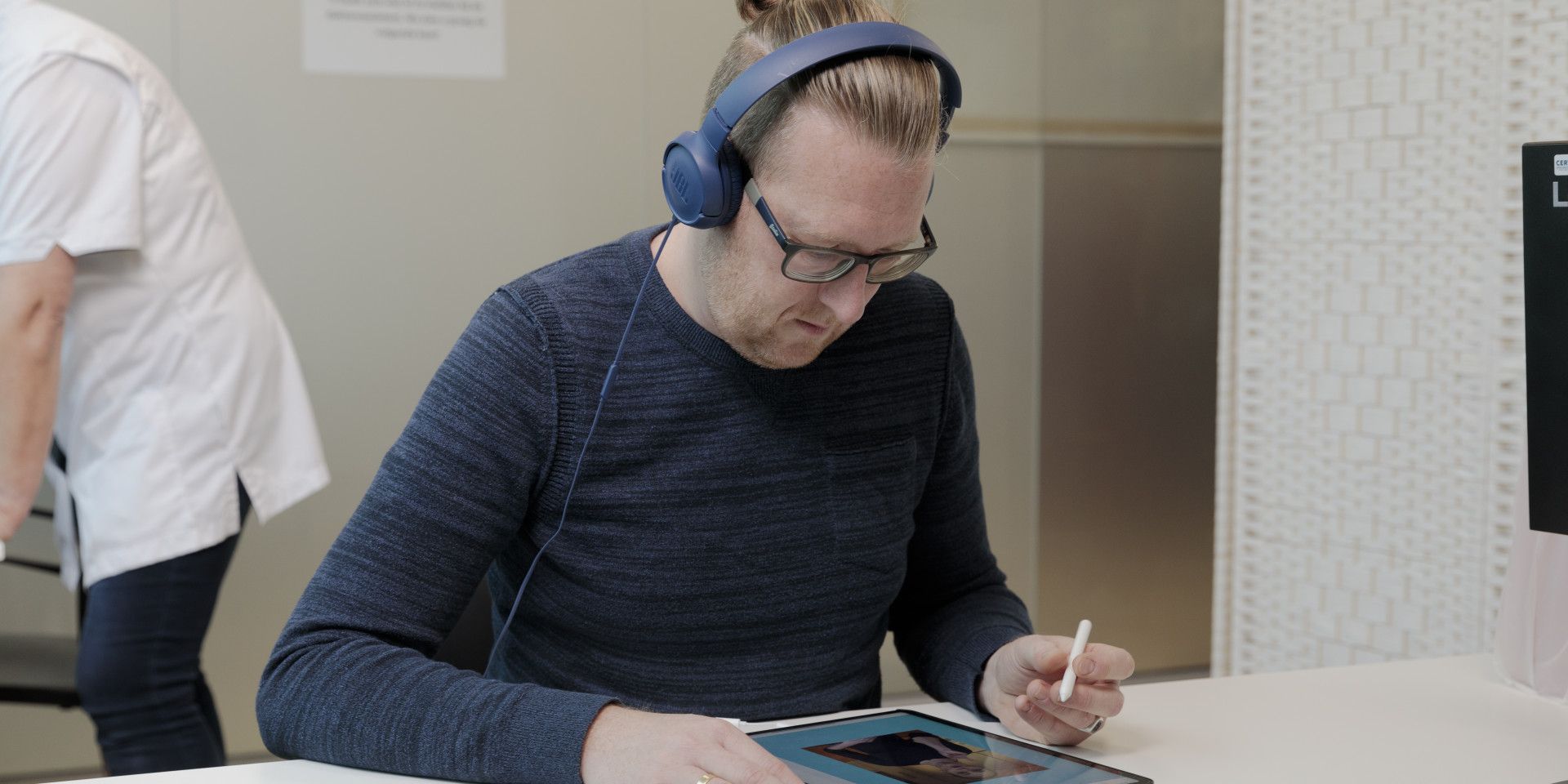
Visit data
Besides questionnaires, Lifelines participants participate in location visits as well.
Measurement data
During the first visit on location, participants are subject to several physical measurements, like anthropometry, blood pressure, and ECG.
Biosample data
During the second visit, Lifelines participants hand in collected urine and blood samples are drawn. Part of these samples are immediately analyzed our lab, resulting in data which are available for all researchers, e.g. leukocytes, magnesium, albumin, and creatine. Click here to read more about different types of available biosamples.
Third party data
This is data that is not part of the general data collection from Lifelines. These data are collected on researcher request only.
Additional data collection
One of the possibilities for researchers, is to request an additional data collection. After the embargo period has ended, these data can also be used by other researchers.
Secondary data
We call data generated by other researchers “secondary data”. These data are useful for topics that are more difficult to understand when this is not your experise (e.g. FFQ sum scores).
Linked data
This is data from another organization that has been combined with Lifelines data to provide additional insights; e.g. different environmental exposures or job coding.
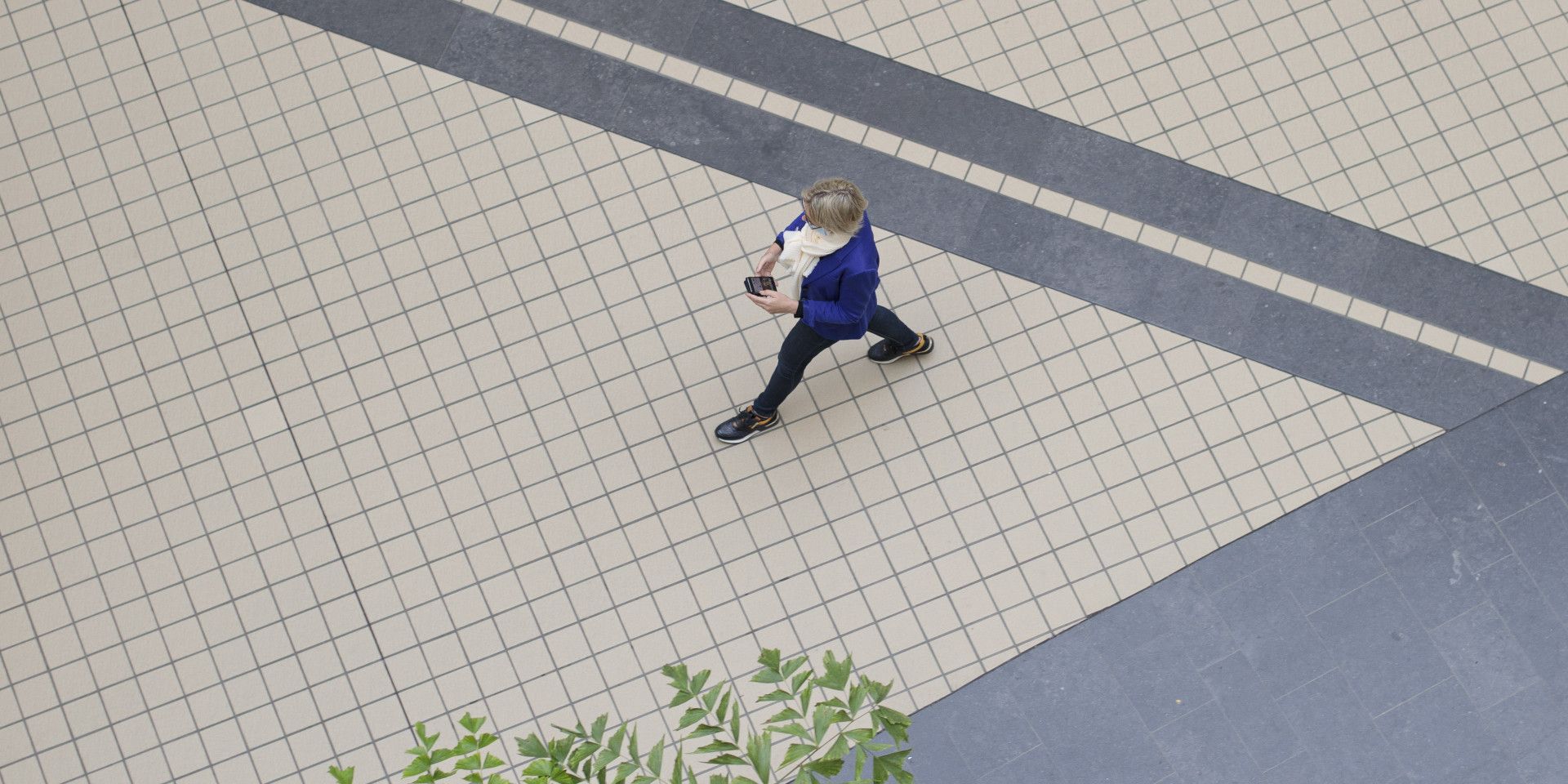

How does it work?
Projects that include a request for currently available data only, go through the normal procedure. You can submit your application, Lifelines will review your application, and after approval the required contracts and initial offer will be drawn up. Finally, you will receive access to the data for your project on your research environment.
Prepare: On our Lifelines wiki you can find more in depth information on the available data. This site gives an overview of the themes Lifelines covers and at which time points these are available. At the Lifelines catalogue you can request the available Lifelines data for your project.
Ready to start?
Submit an application



